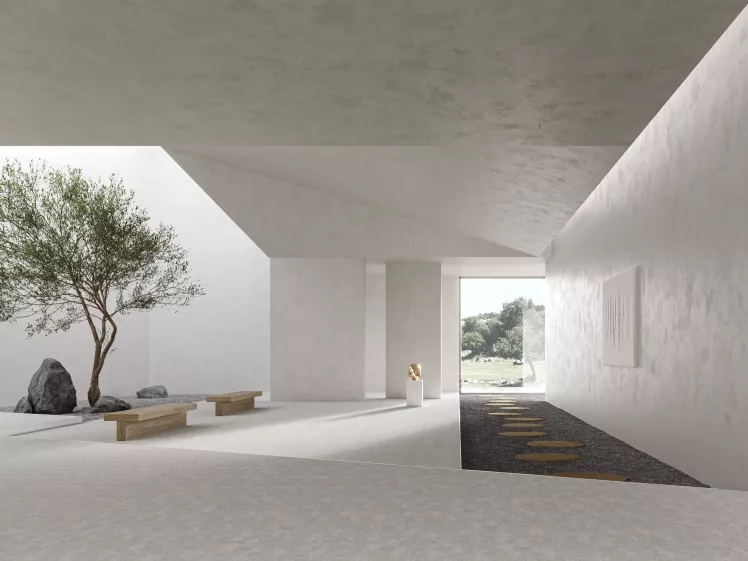
Recently, at the acclaimed Clerkenwell Design Week, Rachel Morgan-Trimmer, an esteemed speaker, graced the modulyss showroom. Her engaging talk centred around neurodiversity, and how a deeper understanding of it could significantly inform our design decisions. Drawing from her personal experiences, she stressed the challenges of navigating unfamiliar environments, highlighting the pressing need for accessibility and user-friendly design.
Morgan-Trimmer eloquently shared her encounters with daunting obstacles in unfamiliar settings, driving home the point that these barriers can gradually diminish our sense of possibilities and joy. This led her to emphasise the importance of neurodiversity in design. She explained neurodiversity as an umbrella term encompassing conditions such as dyslexia, dyspraxia, dyscalculia, ADHD, autism, and neurotypicality. The concept serves as a vital reminder of the spectrum of cognitive abilities that ought to be considered when creating spaces.
From a designer's standpoint, she underscored the need to cater to these cognitive differences in an effort to foster inclusivity. For dyslexic individuals, who are often big-picture thinkers and might overlook written signs, she recommended avoiding large walls of text, unclear fonts, and stark black-and-white designs. Instead, incorporating visual elements such as icons, shapes, pictures, stories, patterns, and extrapolation can make environments more navigable for everyone, not just those with dyslexia.
For people with dyspraxia, who often struggle with coordination and spatial awareness, she advocated for creating environments that are accessible and accommodating. In contrast to conventional office chairs and keypads, wider, clear doors and step-by-step instructions can be tremendously beneficial.
Offering practical advice on the implementation of inclusive design, Morgan-Trimmer stressed on seeking user input, integrating inclusivity from the design's inception, and strategically adding or subtracting elements to enhance accessibility. She also urged designers to take cues from successful models, such as the London Underground map or popular video games, to create intuitive, navigable spaces.
She also addressed the needs of individuals with dyscalculia, who often grapple with mental arithmetic and interpreting tables or spreadsheets. Here, the use of tools like calculators and providing context to numbers can be instrumental in improving comprehension.
As for individuals with ADHD and those on the autism spectrum, Morgan-Trimmer suggested the use of visual cues like sunlight, keeping objects visible, and ensuring variety in the environment to maintain engagement. In the case of autistic individuals, they typically prefer natural and organic environments that resonate with their internal sense of order and eschew unnecessary social interactions.
In retrospect, Rachel Morgan-Trimmer's compelling narrative on creating neurodiverse-inclusive spaces illuminated a path towards designing spaces that are, in essence, a celebration of human cognitive diversity. This pivotal dialogue served as a powerful reminder to design practitioners and enthusiasts alike, that by making spaces more inclusive for neurodiverse individuals, we can create environments that are more enriching for everyone.

Upcoming Talks

Get news and insights.

Natural Elegance: Sylvain Willenz’ Custom Carpet Design for modulyss

modulyss Now Available on Material Bank

Design Innovation: modulyss at Archiproducts' Aqua Event curated by Studiopepe

